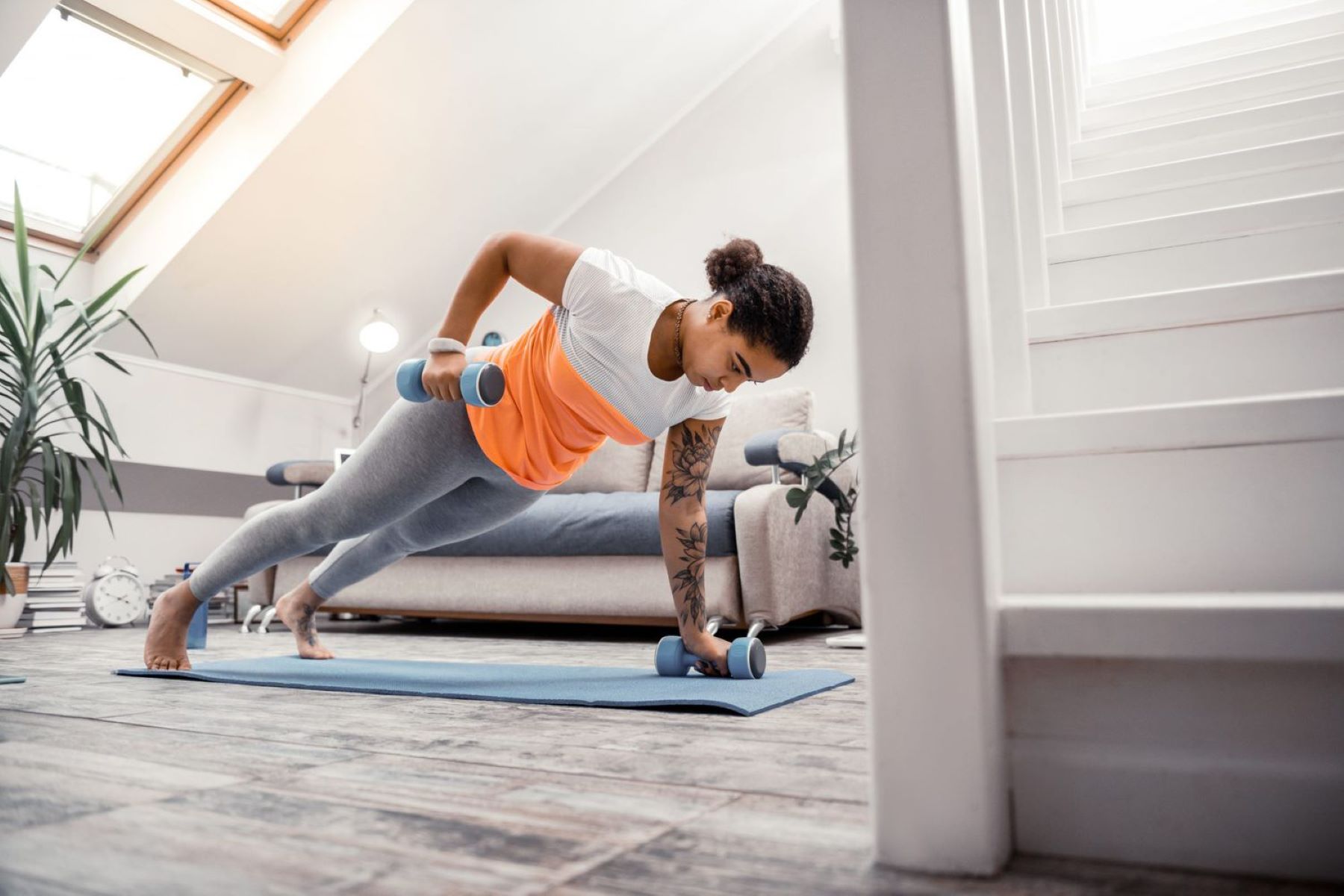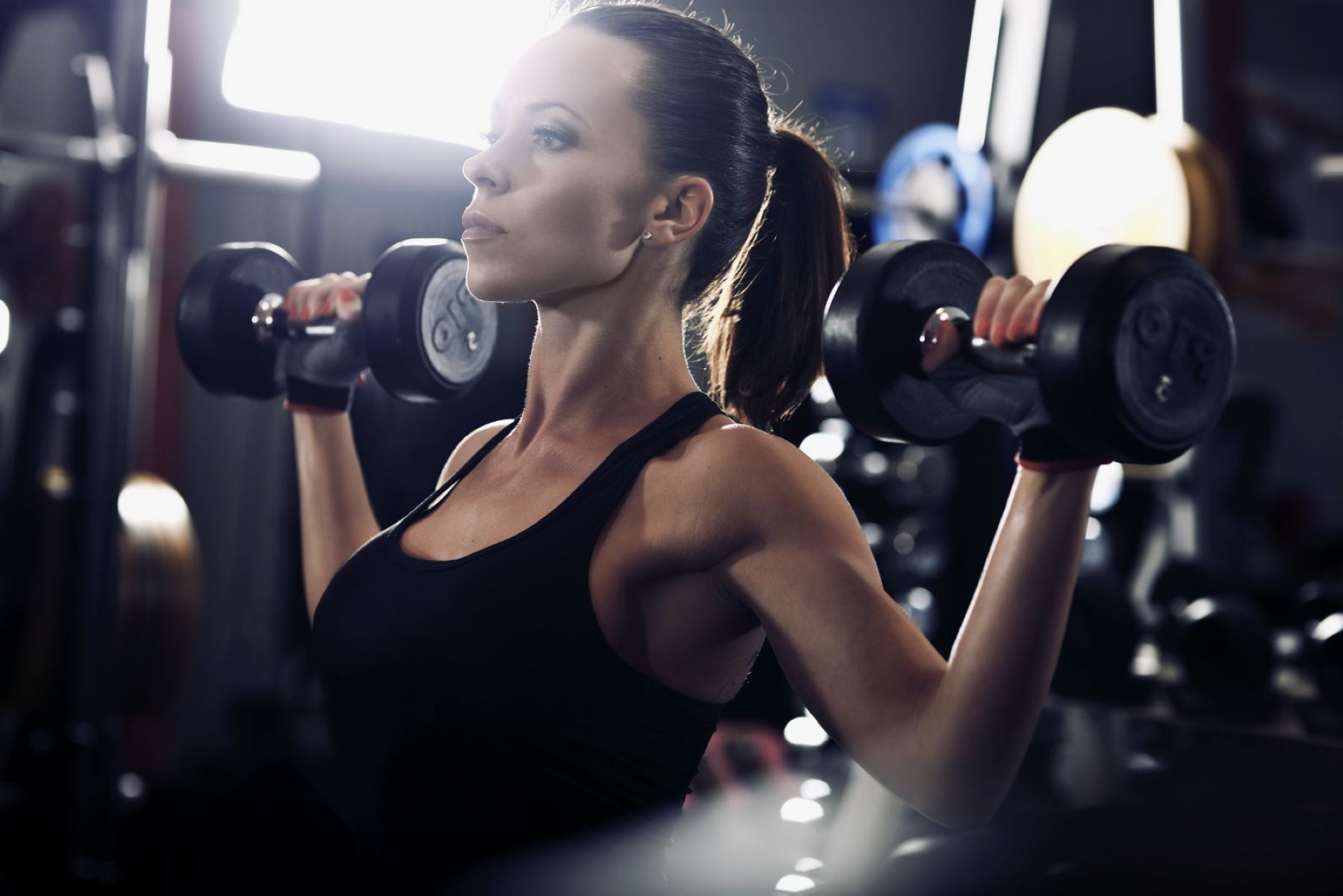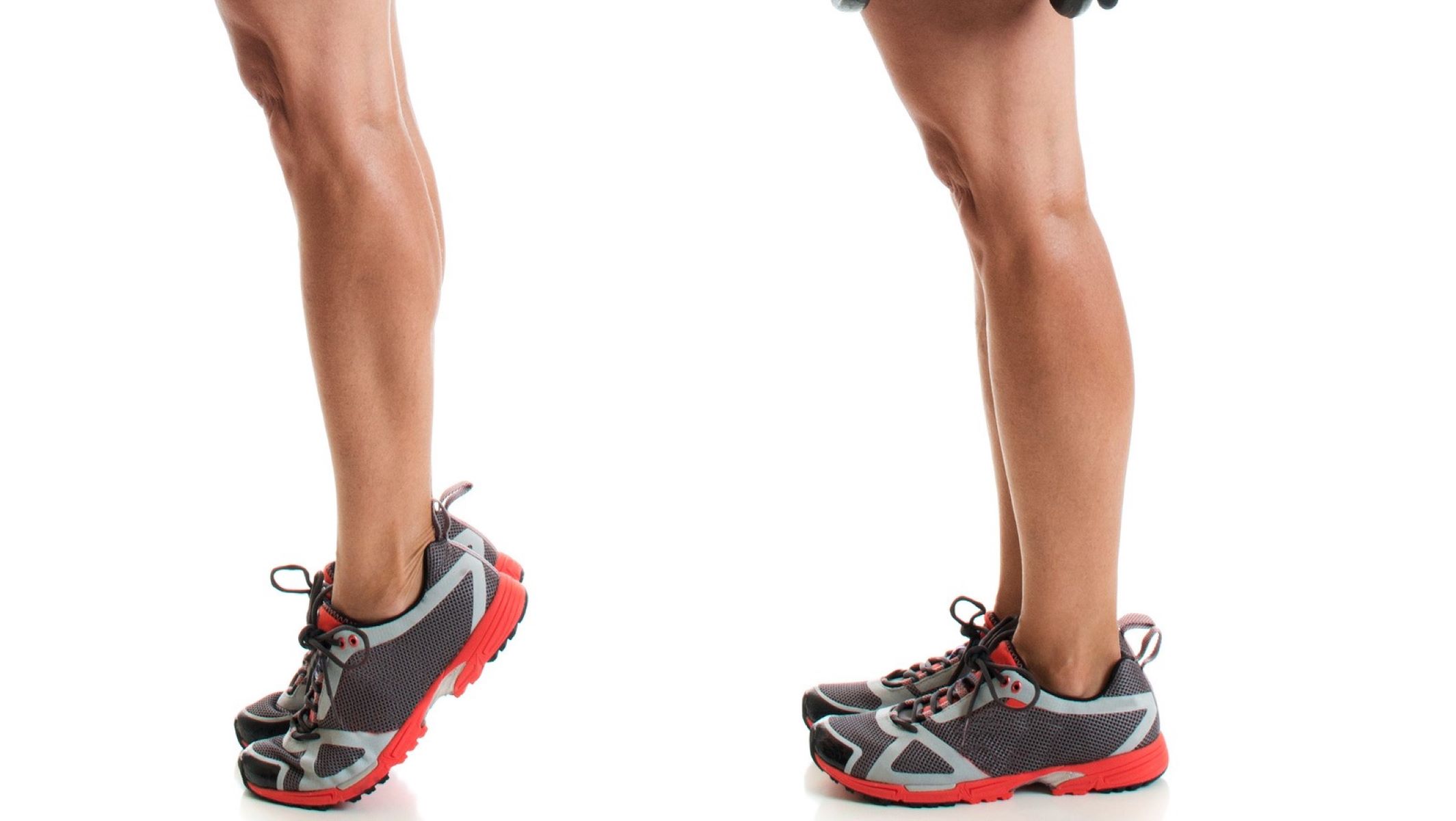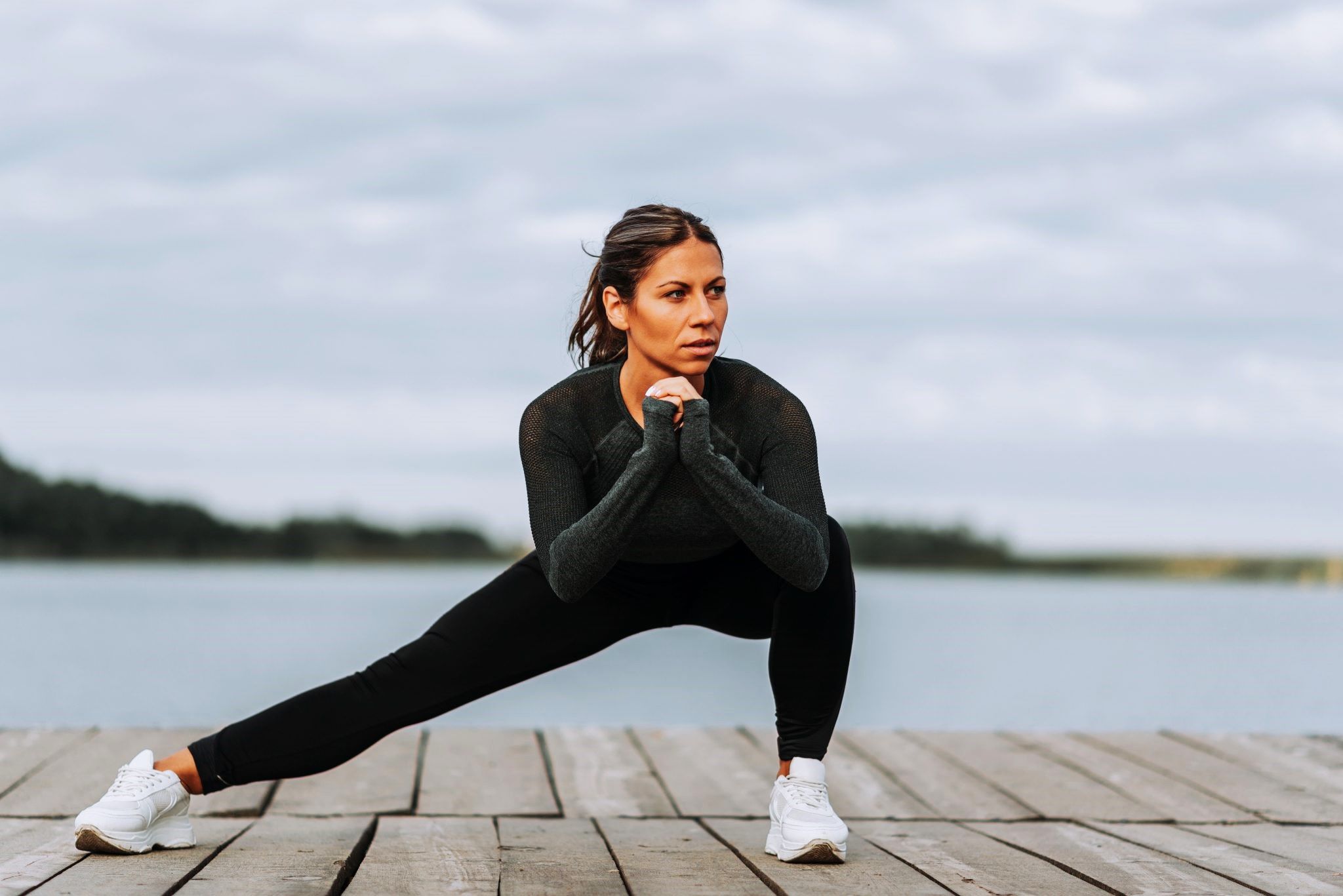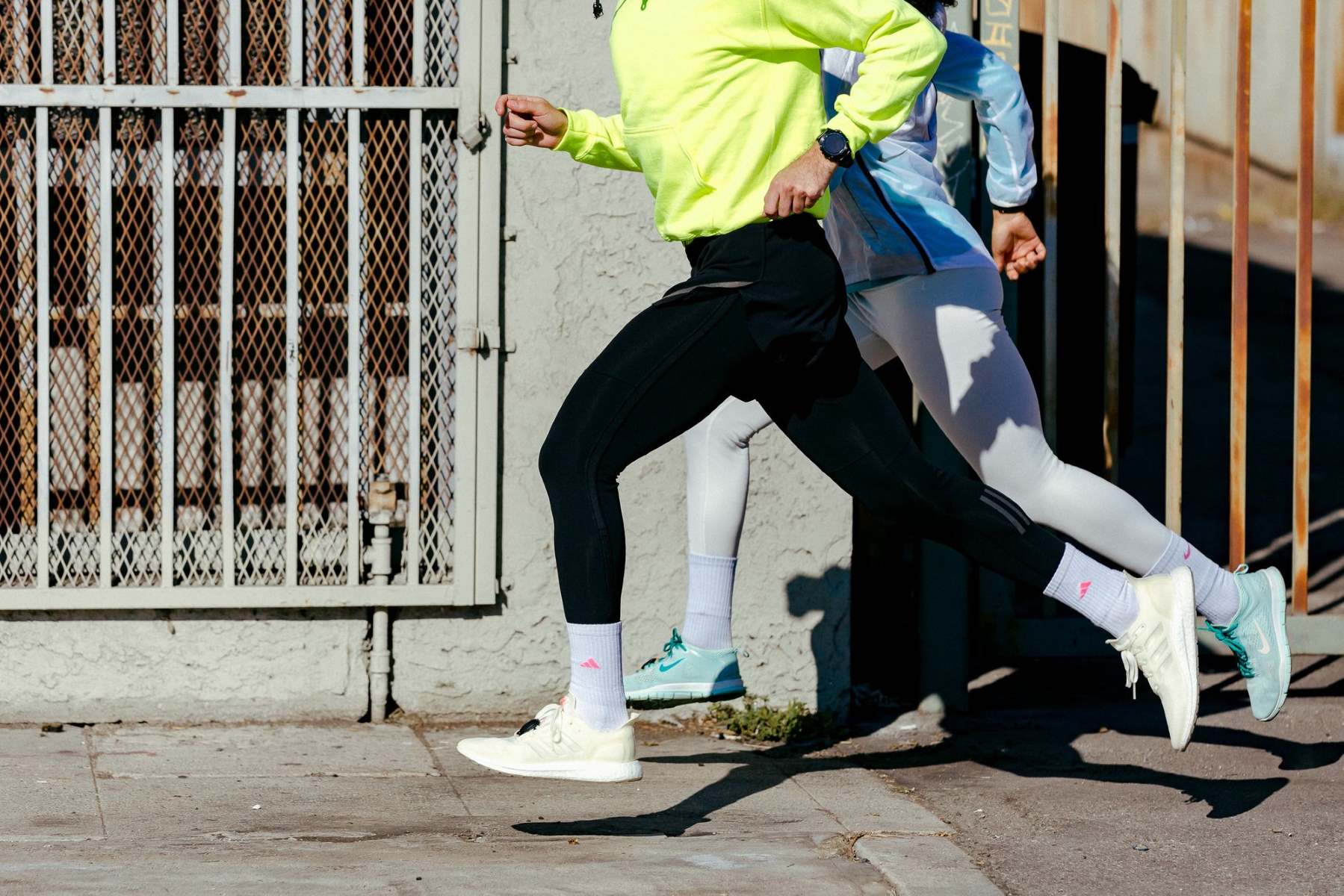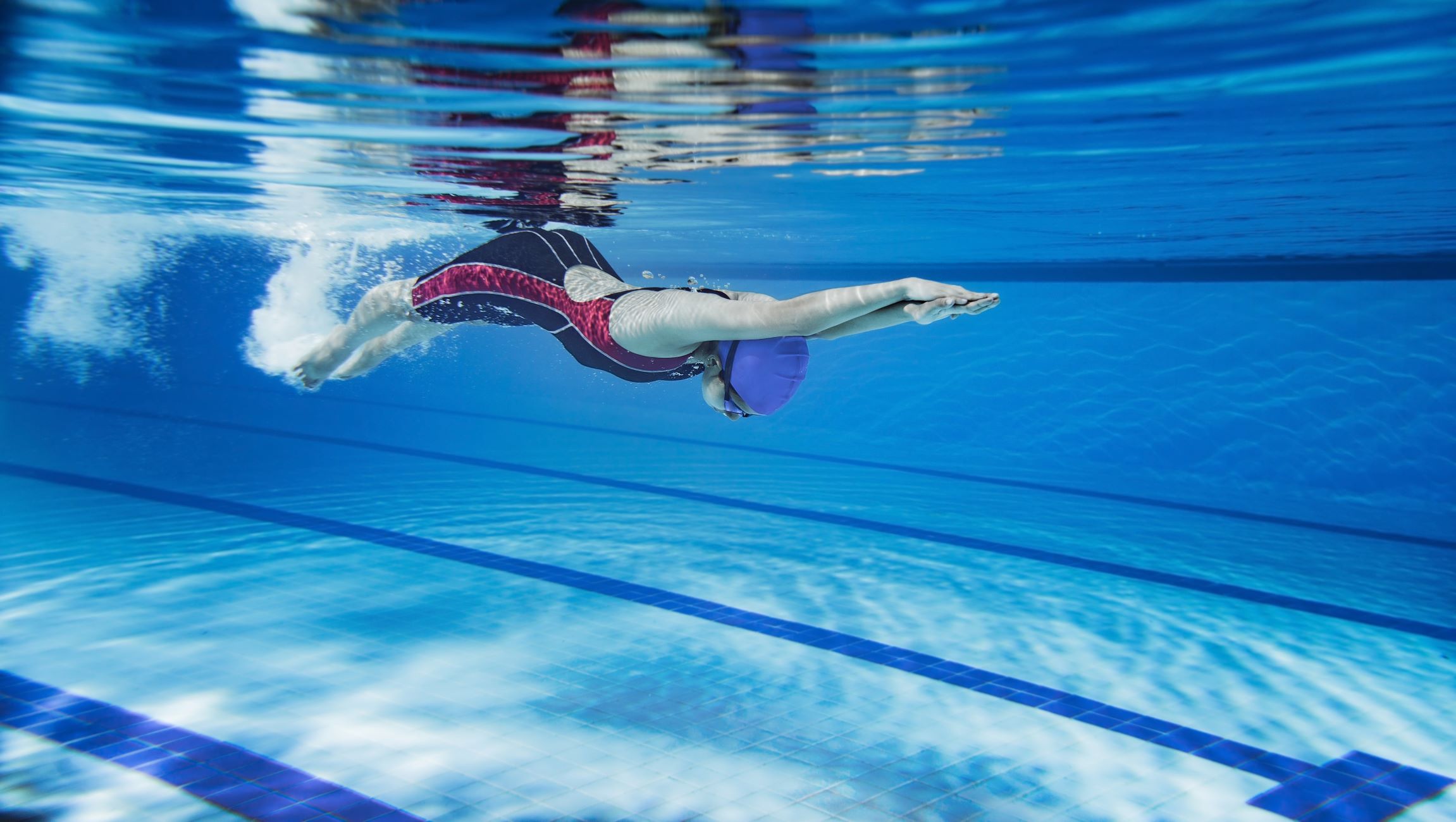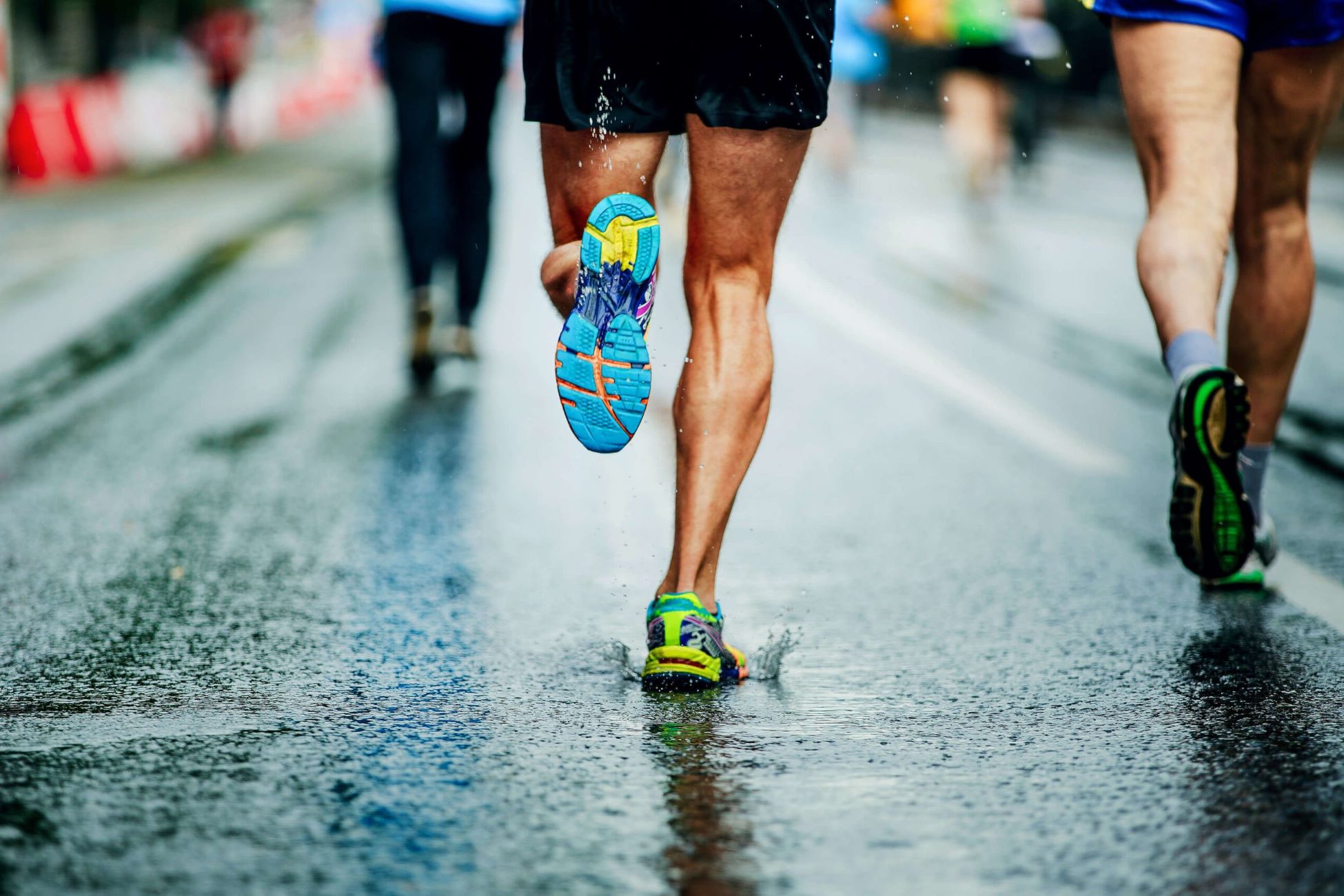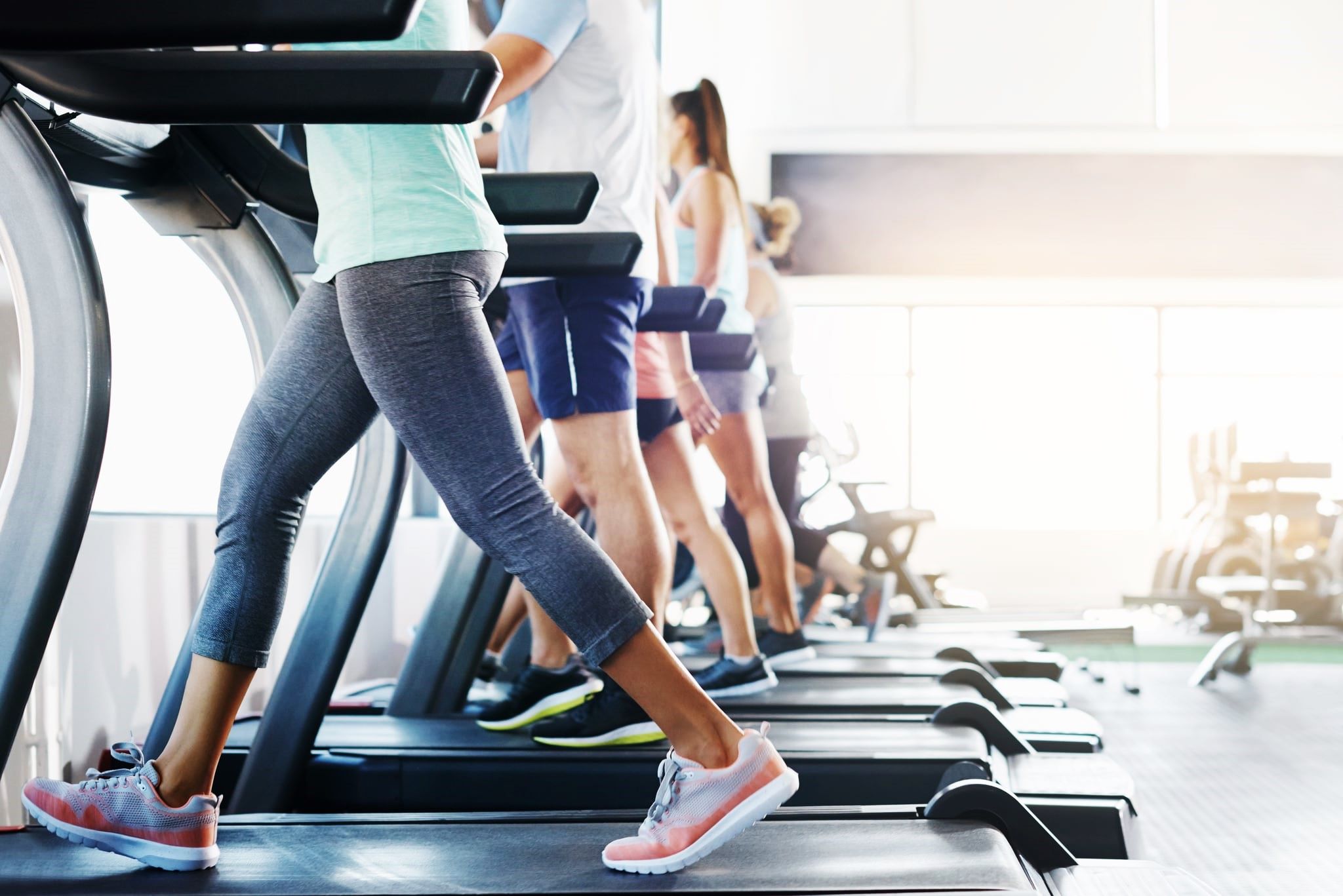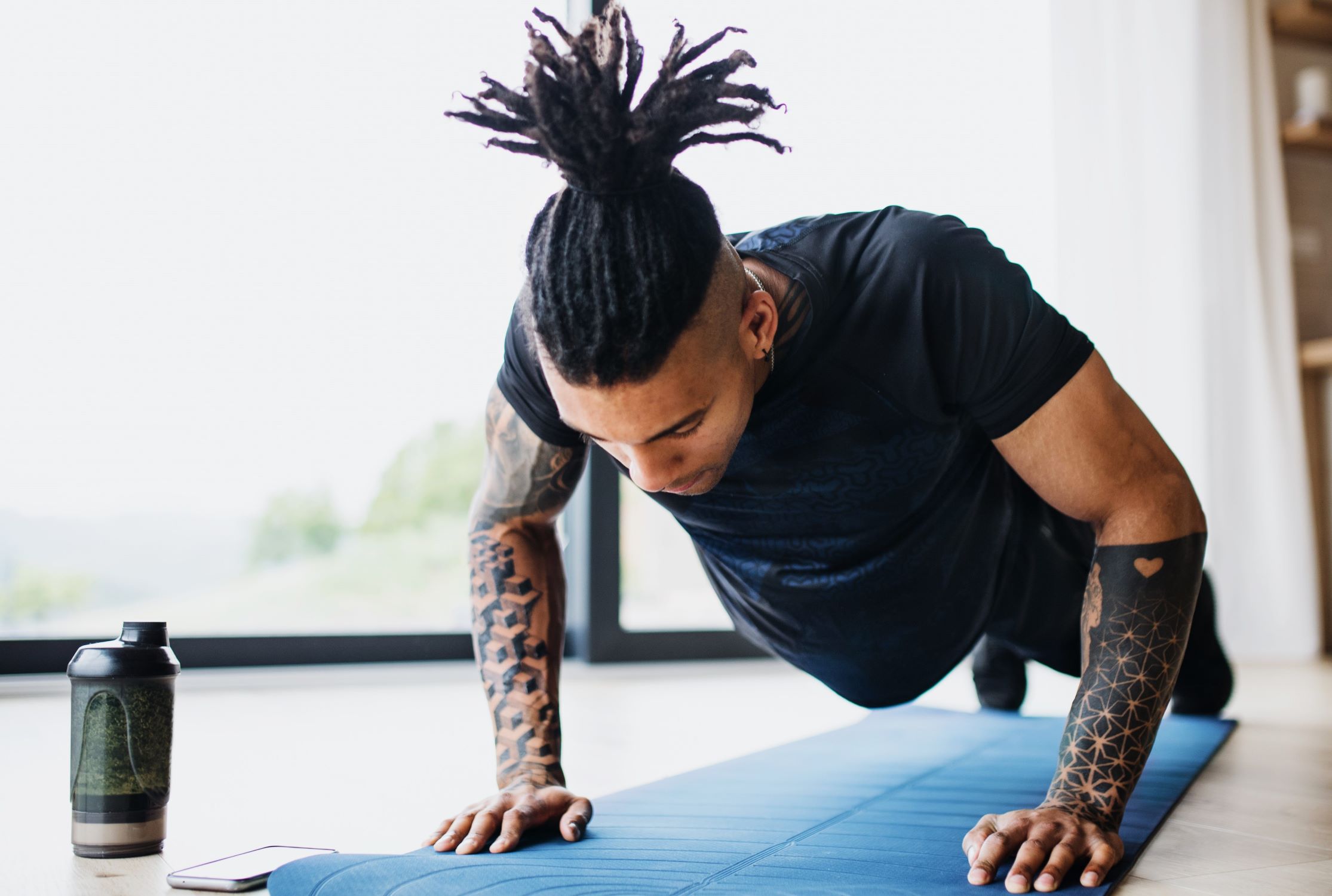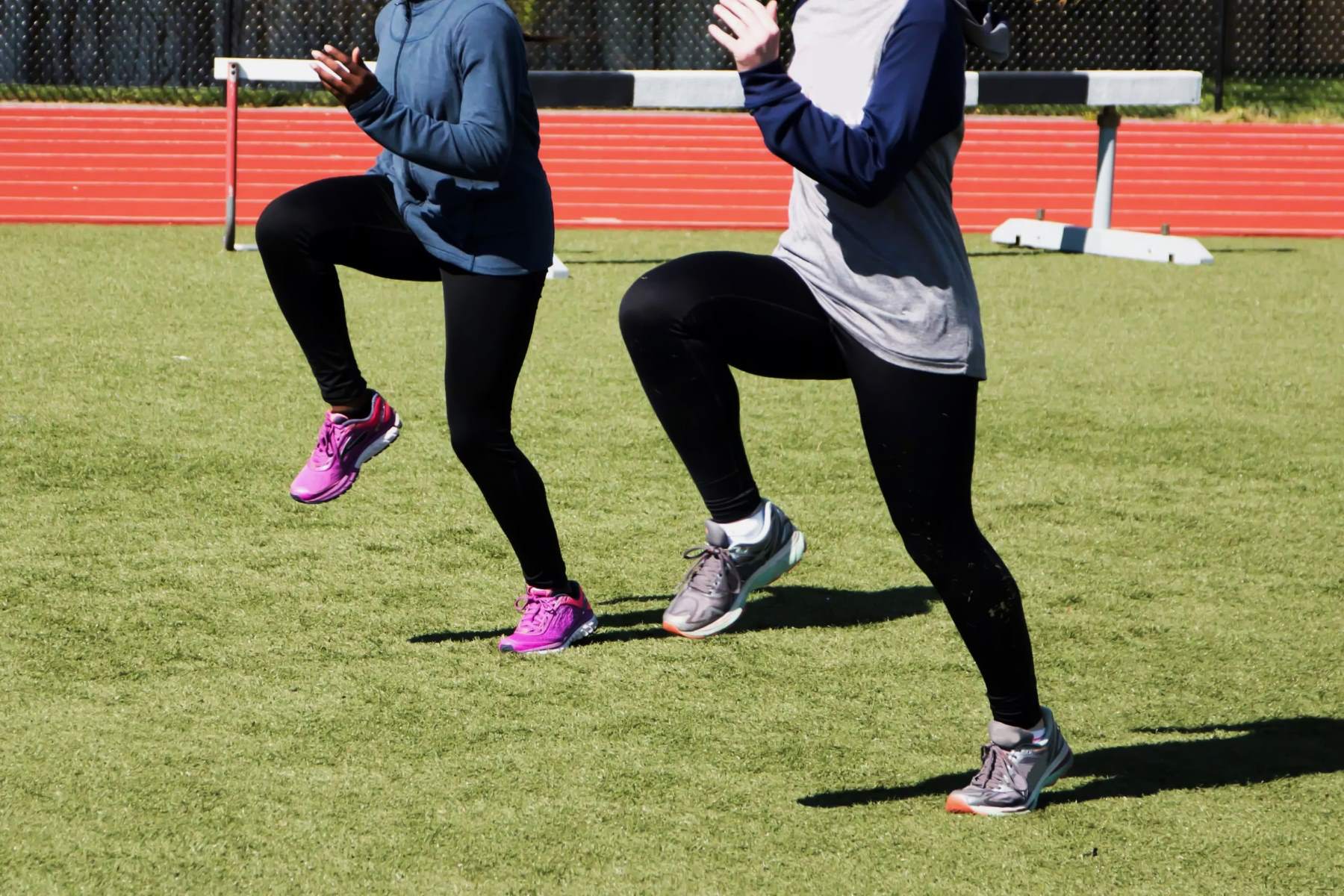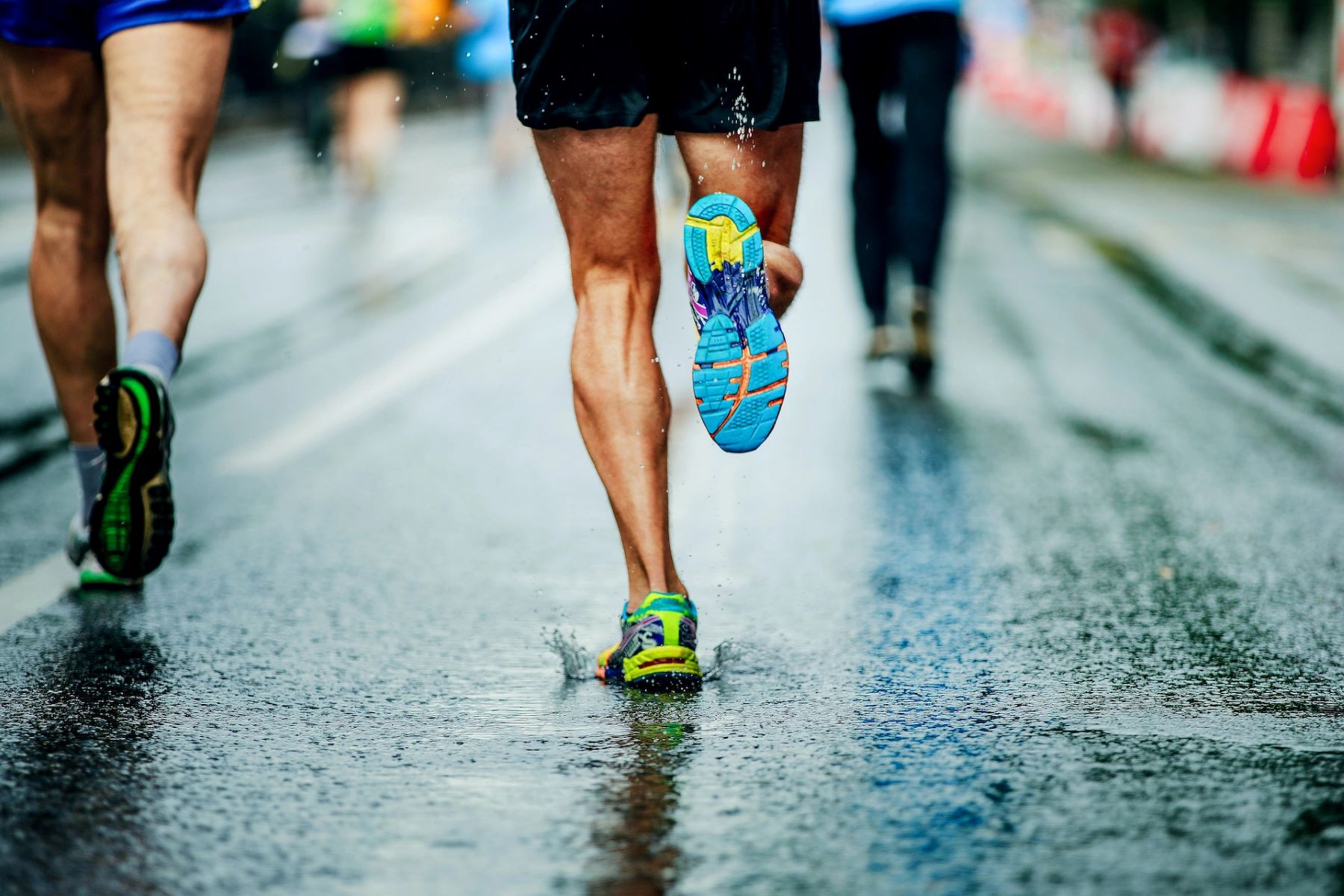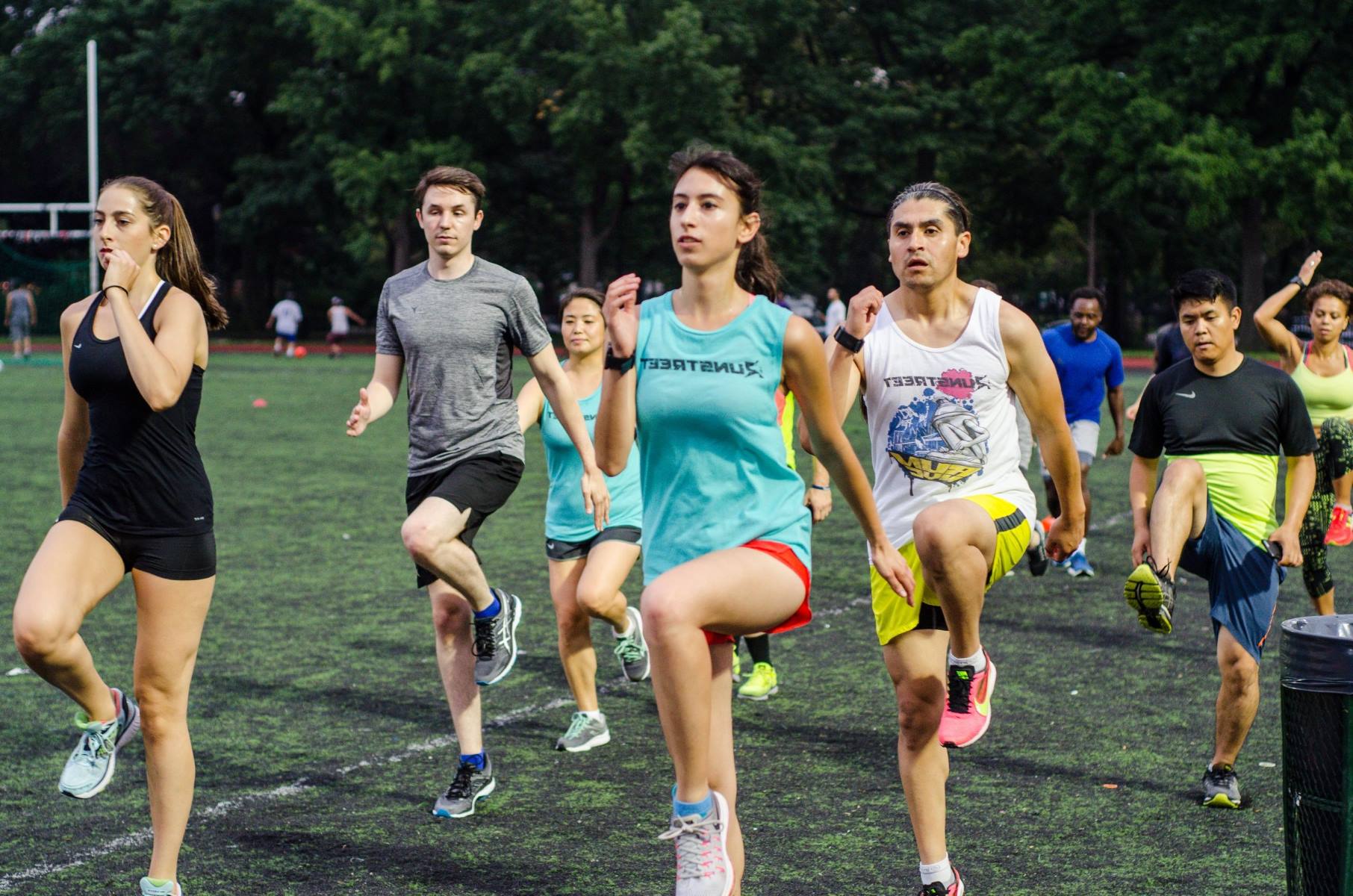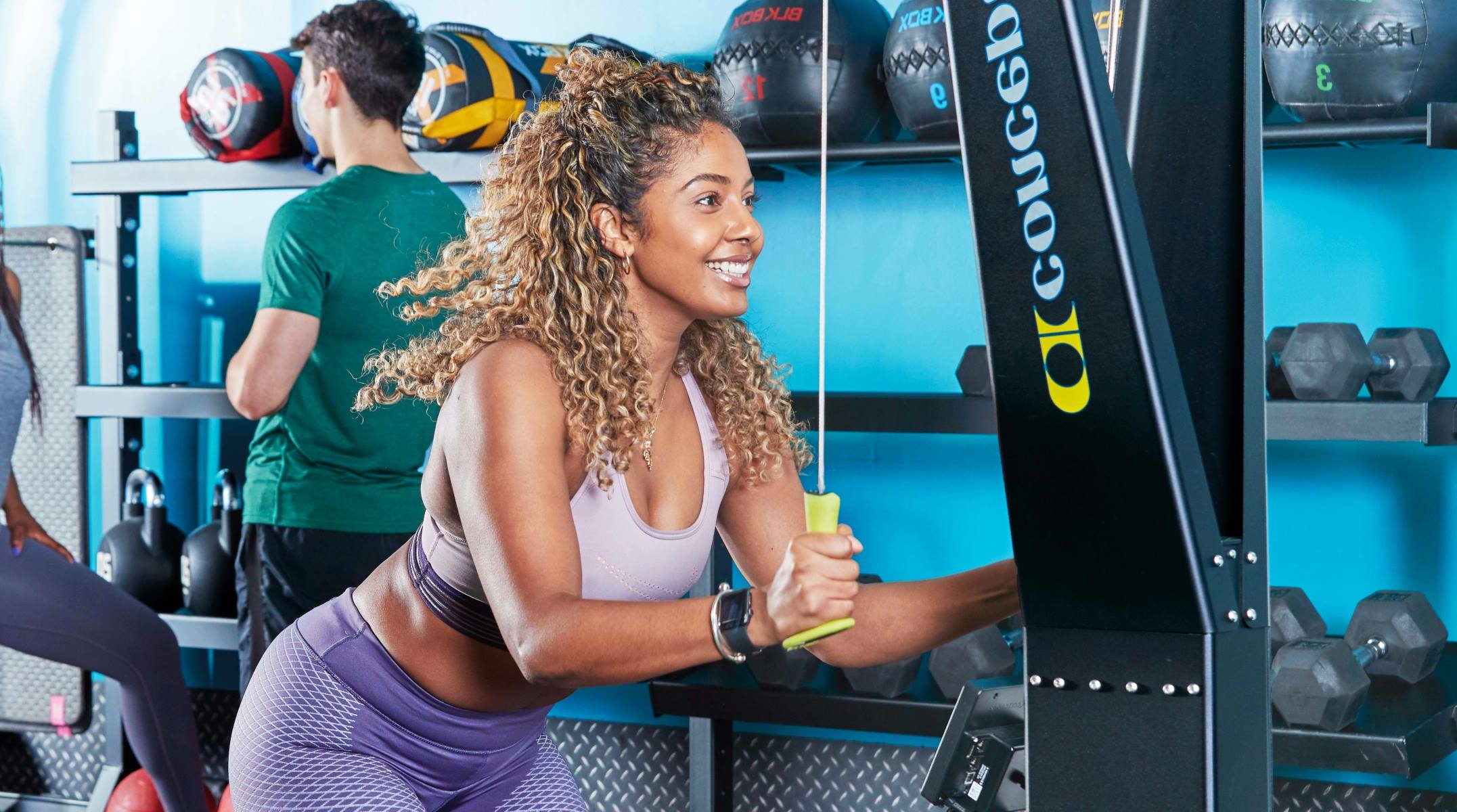Home>Health & Nutrition>Different Variations Of Leg Raises For An Effective Abs Workout
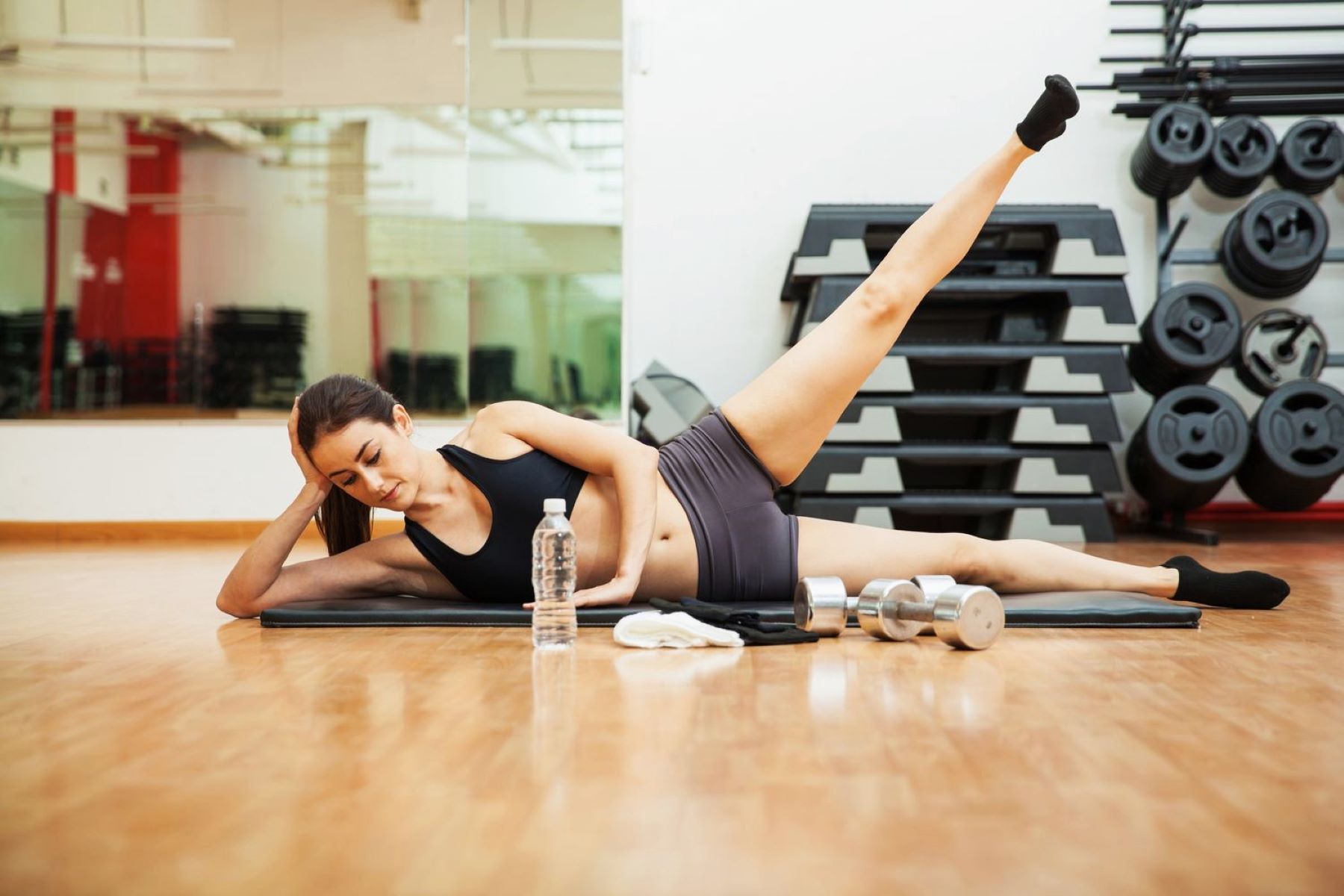

Health & Nutrition
Different Variations Of Leg Raises For An Effective Abs Workout
Published: February 20, 2024
Discover different variations of leg raises to level up your abs workout. Learn effective techniques for a stronger core and better health & nutrition.
(Many of the links in this article redirect to a specific reviewed product. Your purchase of these products through affiliate links helps to generate commission for Therunningadvisor.com, at no extra cost. Learn more)
Table of Contents
Introduction
When it comes to sculpting a strong and defined core, leg raises are a go-to exercise for fitness enthusiasts and athletes alike. This versatile movement targets the abdominal muscles, particularly the lower abs, and helps in building core strength and stability. Whether you're a beginner looking to kickstart your fitness journey or a seasoned gym-goer aiming to take your ab workout to the next level, incorporating various leg raise variations into your routine can yield impressive results.
In this comprehensive guide, we will explore different variations of leg raises, each offering unique benefits and challenges. From the fundamental basic leg raises to the more advanced weighted leg raises, we will delve into the specifics of each exercise, providing insights on proper form, muscle engagement, and potential modifications. Additionally, we will discuss the importance of incorporating leg raises into your workout regimen and how they contribute to overall core development.
By understanding the nuances of each leg raise variation, you can tailor your ab workout to suit your fitness level and goals. Whether your objective is to enhance muscle definition, improve functional strength, or simply diversify your training routine, the array of leg raise exercises presented in this guide offers a pathway to a more effective and engaging abs workout.
So, let's embark on this journey of exploration and discovery, uncovering the myriad ways in which leg raises can elevate your fitness routine and contribute to a stronger, more resilient core. Whether you're aiming for chiseled abs or seeking to enhance your overall physical performance, the diverse repertoire of leg raise variations awaits, promising a rewarding and transformative fitness experience.
Read more: Effective Circuit Workouts For Runners
Basic Leg Raises
Basic leg raises, also known as lying leg raises, serve as a foundational exercise for targeting the lower abdominal muscles. This simple yet effective movement requires minimal equipment, making it accessible for individuals of varying fitness levels. To perform basic leg raises, begin by lying flat on your back with your arms extended alongside your body. Keep your legs together and straight, then lift them upward until they form a 90-degree angle with the floor. Slowly lower your legs back down, maintaining control and engaging your core throughout the movement.
This exercise primarily engages the lower rectus abdominis, the muscle group responsible for flexing the spine. By consistently incorporating basic leg raises into your workout routine, you can strengthen and tone the lower abs, contributing to improved core stability and overall athletic performance.
Proper form is crucial when performing basic leg raises to maximize their effectiveness and minimize the risk of injury. Focus on maintaining a stable and neutral spine throughout the exercise, avoiding excessive arching or overarching of the lower back. Additionally, control the movement to prevent momentum from taking over, ensuring that the abdominal muscles are the primary drivers of the leg raise.
For beginners, it may be beneficial to start with bent knees and gradually progress to straight-legged raises as strength and control improve. This modification can help individuals develop the necessary strength and stability to perform the exercise with proper form, setting the stage for more advanced variations in the future.
Incorporating basic leg raises into your ab workout can provide a solid foundation for building core strength and enhancing muscular endurance. When combined with a well-rounded fitness regimen and a balanced diet, this exercise can contribute to a more defined midsection and improved functional strength, supporting everyday movements and athletic pursuits.
As you continue to explore the world of leg raise variations, remember that mastering the basics is key to unlocking the full potential of your core muscles. With consistent practice and a focus on proper technique, basic leg raises can lay the groundwork for a comprehensive and effective abs workout, setting the stage for progression to more challenging variations as your fitness journey unfolds.
Hanging Leg Raises
Hanging leg raises are a dynamic and challenging exercise that targets the entire abdominal region, particularly emphasizing the lower abs and hip flexors. This variation introduces an element of suspension, requiring the use of a pull-up bar or similar apparatus to perform the movement effectively. By engaging the core muscles to lift the legs from a hanging position, this exercise offers a potent stimulus for core strength and stability.
To execute hanging leg raises, begin by hanging from a pull-up bar with an overhand grip, allowing your body to fully extend. Keep your legs together and gradually lift them upward, aiming to bring them as close to a 90-degree angle with your torso as possible. Focus on controlled movement, avoiding swinging or using momentum to lift the legs. Once at the top of the movement, slowly lower your legs back to the starting position, maintaining tension in the abdominal muscles throughout the descent.
Hanging leg raises demand significant core engagement and control, making them an advanced variation suitable for individuals with a solid foundation of abdominal strength. The exercise not only targets the rectus abdominis but also recruits the stabilizing muscles of the core, including the obliques and transverse abdominis, to maintain proper form and control throughout the movement.
Incorporating hanging leg raises into your ab workout can elevate the intensity and effectiveness of your core training regimen. The suspension aspect of this exercise adds a unique challenge, requiring increased stabilization and coordination to execute the movement with precision. As a result, the muscles of the core are subjected to a comprehensive workout, promoting strength, endurance, and functional stability.
For those new to hanging leg raises, it may be beneficial to initially practice leg raises on a captain's chair or dip station, where the body is supported by armrests, before progressing to the hanging variation. This approach allows individuals to develop the necessary strength and control in a more accessible setting, gradually building the foundation for the more demanding hanging leg raises.
By integrating hanging leg raises into your fitness routine, you can enhance your core strength, improve muscular coordination, and work towards achieving a more defined and resilient midsection. As with any exercise, focusing on proper form and gradual progression is essential to reap the full benefits of hanging leg raises, ensuring a safe and effective workout experience.
In summary, hanging leg raises offer a challenging yet rewarding avenue for targeting the core muscles, providing a pathway to enhanced abdominal strength and functional stability. Whether you're striving for a sculpted midsection or aiming to elevate your overall physical performance, incorporating hanging leg raises into your ab workout can be a pivotal step towards achieving your fitness goals.
Side Leg Raises
Side leg raises, also known as lateral leg raises, are a valuable addition to any comprehensive ab workout, targeting the muscles of the outer hips and thighs, including the abductors and gluteus medius. This exercise not only contributes to improved hip stability and functional strength but also enhances overall lower body muscular balance.
To perform side leg raises, begin by lying on one side with your legs extended and stacked on top of each other. Rest your head on your lower arm for support and place your upper hand on the floor in front of your chest for stability. Keeping your core engaged, slowly lift the top leg upward, ensuring that the movement originates from the hip. Aim to raise the leg to a comfortable height without compromising form, then gently lower it back down with control. Repeat the movement for the desired number of repetitions before switching to the opposite side.
Side leg raises offer a targeted approach to strengthening the muscles responsible for hip abduction, which is the outward movement of the leg away from the body. By engaging the abductors and gluteus medius, this exercise contributes to improved hip stability and lateral strength, supporting a wide range of functional movements, such as walking, running, and lateral lunges.
Incorporating side leg raises into your ab workout can help address muscular imbalances and enhance overall lower body stability. Additionally, this exercise can be particularly beneficial for individuals seeking to strengthen the hip abductors, which play a crucial role in maintaining proper lower body alignment and preventing potential injuries, such as IT band syndrome and knee instability.
For those looking to add a challenge to their side leg raises, incorporating resistance bands or ankle weights can intensify the exercise, providing a progressive stimulus for the targeted muscles. By gradually increasing the resistance, individuals can further enhance the strength and endurance of the abductors and gluteus medius, contributing to a more robust lower body musculature.
As with any exercise, maintaining proper form is essential when performing side leg raises to ensure optimal muscle engagement and minimize the risk of strain or injury. Focus on controlled movements, avoiding excessive swinging or momentum, and prioritize quality over quantity to maximize the effectiveness of the exercise.
In summary, side leg raises offer a valuable opportunity to target the muscles of the outer hips and thighs, promoting improved hip stability, muscular balance, and functional strength. Whether you're aiming to enhance lower body resilience, address muscular imbalances, or diversify your ab workout, integrating side leg raises into your fitness routine can be a beneficial and rewarding endeavor.
Reverse Leg Raises
Reverse leg raises, also referred to as back leg lifts, are a valuable exercise for targeting the muscles of the lower back, glutes, and hamstrings. This variation offers a unique approach to strengthening the posterior chain, contributing to improved spinal stability and functional strength. By incorporating reverse leg raises into your workout routine, you can effectively engage the muscles of the lower back and lower body, promoting a more balanced and resilient physique.
To perform reverse leg raises, begin by lying face down on a mat or exercise surface, with your arms extended overhead and your legs fully extended. Keeping your core engaged and your gaze directed towards the floor, gradually lift your legs upward, focusing on using the muscles of the lower back and glutes to initiate the movement. Aim to raise your legs to a comfortable height, feeling the contraction in the lower back and gluteal muscles, then gently lower them back down with control. Repeat the movement for the desired number of repetitions, maintaining a steady and controlled pace throughout.
Reverse leg raises serve as an effective means of targeting the erector spinae muscles, which run along the length of the spine and play a crucial role in spinal extension and stabilization. By engaging these muscles through the execution of reverse leg raises, individuals can contribute to improved posture, reduced risk of lower back discomfort, and enhanced overall spinal health.
Incorporating reverse leg raises into your workout regimen can provide a valuable counterbalance to exercises that predominantly target the anterior core muscles, such as the rectus abdominis. By addressing the muscles of the lower back and glutes, this variation promotes a more comprehensive approach to core strength and stability, supporting a balanced and functional musculature.
For individuals seeking to add a challenge to their reverse leg raises, incorporating ankle weights or resistance bands can intensify the exercise, providing a progressive stimulus for the targeted muscles. By gradually increasing the resistance, individuals can further enhance the strength and endurance of the lower back and glutes, contributing to improved spinal support and overall lower body resilience.
As with any exercise, maintaining proper form is essential when performing reverse leg raises to ensure optimal muscle engagement and minimize the risk of strain or injury. Focus on controlled movements, avoiding excessive swinging or momentum, and prioritize quality over quantity to maximize the effectiveness of the exercise.
In summary, reverse leg raises offer a valuable opportunity to target the muscles of the lower back, glutes, and hamstrings, promoting improved spinal stability, muscular balance, and functional strength. Whether you're aiming to enhance lower body resilience, address muscular imbalances, or diversify your core workout, integrating reverse leg raises into your fitness routine can be a beneficial and rewarding endeavor.
Weighted Leg Raises
Weighted leg raises represent an advanced variation of the traditional leg raise exercise, offering a potent stimulus for core strength and muscular development. By incorporating additional resistance in the form of ankle weights, a weighted vest, or a medicine ball, individuals can elevate the intensity of the exercise, fostering greater muscle engagement and promoting progressive strength gains.
To perform weighted leg raises, begin by securing the chosen form of resistance, such as ankle weights, around the ankles or holding a medicine ball between the feet. Assume the starting position for basic leg raises, lying flat on your back with your arms extended alongside your body. With the added resistance in place, lift your legs upward, focusing on controlled movement and engaging the core to counteract the increased load. Gradually lower your legs back down, maintaining tension in the abdominal muscles throughout the descent. The incorporation of external resistance intensifies the challenge, requiring heightened muscular effort to execute the movement with precision.
The introduction of additional weight in weighted leg raises serves to augment the demand placed on the abdominal muscles, particularly the lower rectus abdominis, and the stabilizing muscles of the core. This heightened stimulus contributes to enhanced muscle recruitment and strength development, fostering greater resilience and functional stability within the core musculature.
Incorporating weighted leg raises into your ab workout can provide a pathway to progressive strength gains and heightened muscular endurance. The added resistance not only challenges the abdominal muscles but also promotes a more comprehensive approach to core training, fostering a balanced and resilient midsection. As individuals adapt to the increased load, they can experience notable improvements in core strength and muscular definition, further enhancing their overall physical performance.
For those seeking to advance their core training and elevate the challenge of traditional leg raises, weighted leg raises offer a valuable avenue for progression. By gradually increasing the resistance over time, individuals can continue to challenge their core muscles, fostering ongoing development and adaptation. It is important to approach the incorporation of additional weight with caution, ensuring that the chosen resistance level aligns with individual strength and capabilities to maintain proper form and minimize the risk of strain or injury.
In summary, weighted leg raises present an opportunity to intensify core training, fostering greater muscle engagement and strength development. Whether you're striving to enhance abdominal definition, improve core stability, or diversify your ab workout, integrating weighted leg raises into your fitness routine can serve as a pivotal step towards achieving your strength and conditioning goals.
Flutter Kicks
Flutter kicks are a dynamic and challenging exercise that targets the entire abdominal region, offering a potent stimulus for core strength and endurance. This variation, characterized by rapid and alternating leg movements, engages the lower abs, hip flexors, and stabilizing muscles of the core, making it a valuable addition to any comprehensive ab workout.
To perform flutter kicks, begin by lying flat on your back with your legs fully extended and your hands placed underneath your glutes for added support. Keeping your lower back pressed against the floor and your core engaged, lift your legs a few inches off the ground. With controlled movements, begin fluttering your legs up and down in an alternating fashion, maintaining a steady and rhythmic pace throughout the exercise.
Flutter kicks demand significant core engagement and muscular endurance, making them an effective variation suitable for individuals aiming to challenge their abdominal muscles. The continuous and rapid leg movements create a sustained contraction in the lower abs and hip flexors, fostering muscular endurance and promoting overall core stability.
Incorporating flutter kicks into your ab workout can elevate the intensity and effectiveness of your core training regimen. The dynamic nature of this exercise requires heightened coordination and muscular control, contributing to improved neuromuscular efficiency and functional stability within the core musculature.
For individuals seeking to add a challenge to their flutter kicks, incorporating ankle weights or resistance bands can intensify the exercise, providing a progressive stimulus for the targeted muscles. By gradually increasing the resistance, individuals can further enhance the strength and endurance of the lower abs and hip flexors, fostering greater resilience and muscular development.
As with any exercise, maintaining proper form is essential when performing flutter kicks to ensure optimal muscle engagement and minimize the risk of strain or injury. Focus on controlled movements, avoiding excessive swinging or momentum, and prioritize quality over quantity to maximize the effectiveness of the exercise.
In summary, flutter kicks offer a valuable opportunity to target the entire abdominal region, promoting improved core strength, muscular endurance, and functional stability. Whether you're striving to enhance abdominal definition, improve core stability, or diversify your ab workout, integrating flutter kicks into your fitness routine can be a beneficial and rewarding endeavor.
Conclusion
In conclusion, the diverse array of leg raise variations presented in this comprehensive guide offers a multifaceted approach to enhancing core strength, promoting muscular balance, and fostering functional stability. From the foundational basic leg raises to the dynamic flutter kicks, each variation contributes to a well-rounded and effective ab workout, catering to individuals of varying fitness levels and goals.
By exploring the nuances of each leg raise variation, individuals can tailor their core training regimen to align with their specific objectives, whether it involves sculpting a defined midsection, improving functional strength, or diversifying their workout routine. The incorporation of these variations not only targets the abdominal muscles but also engages the stabilizing muscles of the core, promoting a comprehensive approach to core strength and stability.
The fundamental basic leg raises serve as a cornerstone for building lower abdominal strength and laying the groundwork for more advanced variations. As individuals progress in their fitness journey, they can explore challenging exercises such as hanging leg raises and weighted leg raises, which offer heightened intensity and a potent stimulus for muscular development.
Additionally, the inclusion of side leg raises and reverse leg raises provides a valuable opportunity to address muscular imbalances, enhance lower body stability, and promote a more balanced musculature. These variations contribute to a holistic approach to core training, targeting a range of muscle groups and fostering overall functional strength.
Furthermore, the dynamic nature of flutter kicks introduces a unique challenge, demanding heightened coordination and muscular endurance. This variation offers a pathway to sustained core engagement and neuromuscular efficiency, contributing to improved overall core stability and resilience.
As individuals navigate their fitness journey and strive to achieve their strength and conditioning goals, the incorporation of diverse leg raise variations can serve as a pivotal step towards a more effective and engaging ab workout. By embracing the versatility and challenges presented by these exercises, individuals can unlock the full potential of their core muscles, fostering a resilient and well-defined midsection.
In essence, the exploration of different leg raise variations not only enriches the fitness experience but also empowers individuals to cultivate a stronger, more functional core. Whether it involves mastering the basics, embracing advanced challenges, or diversifying training approaches, the world of leg raise variations offers a pathway to transformative core strength and enduring physical vitality.

